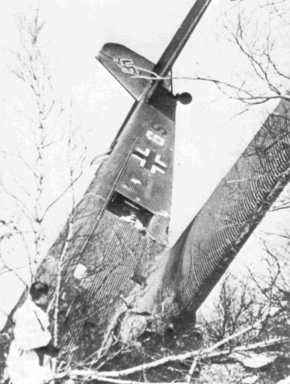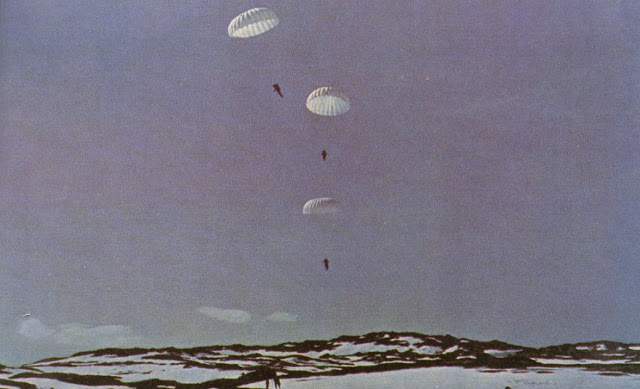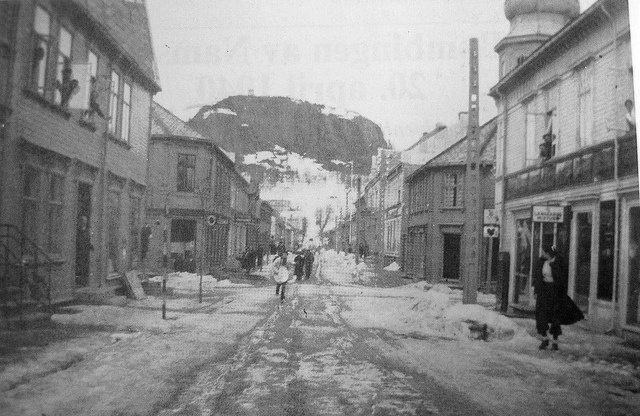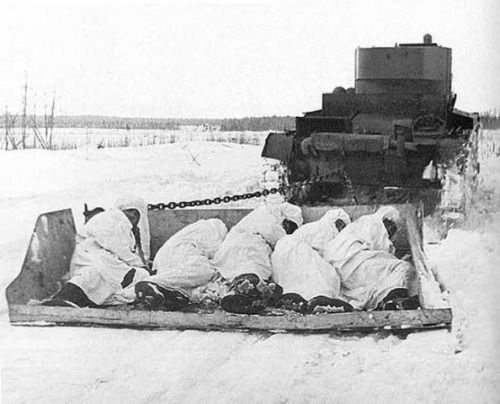Saturday 1 November 1941
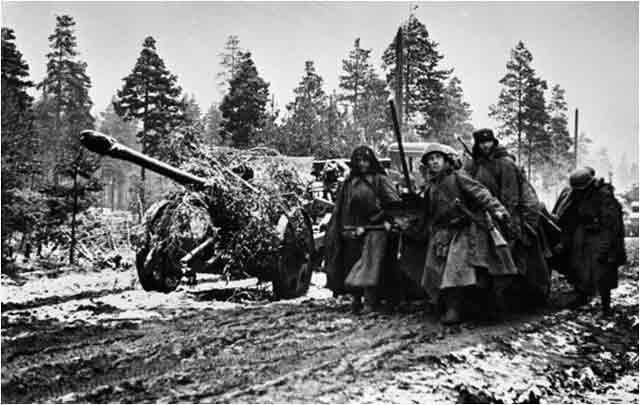 |
| Soviet field guns and troops near Leningrad, Russia, 1 Nov 1941 (Russian International News Agency). |
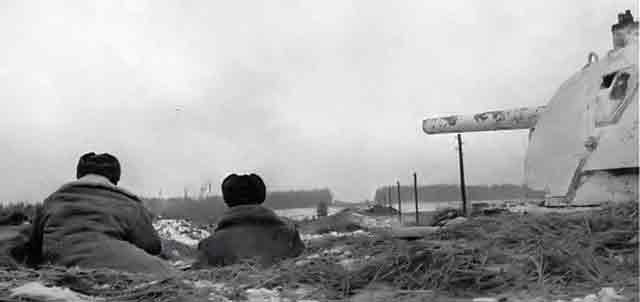 |
| T-34 tank and its crew prepare to ambush Wehrmacht troops on the Volokolamskoye highway northwest of Moscow, 1 November 1941. |
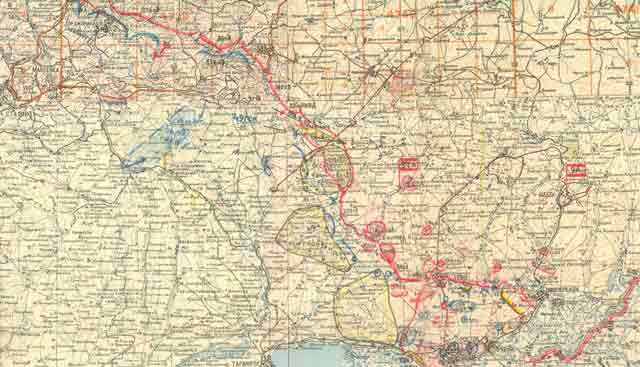 |
| Situation map of the Army Group South sector in November 1941, with the main battle being over Rostov-on-Don at the head of the Sea of Azov. |
 |
| Sefton Delmer broadcasting to Germany from the BBC, 1 November 1941. Relations between the United States and the Reich at this time are rapidly changing from a propaganda war to a shooting war. |
 |
| Uncanny Tales, November 1941 (Melvin R. Colby, Editor, cover by Wilf Long). |
 |
| "Men of the Straits Settlement Volunteer Force in training, November 1941." These are men of Malaya Force north of Singapore. © IWM (FE 211). |
The news of the torpedoing of one of our destroyers off Iceland was the first thing that the President spoke of this morning, and that has cast a shadow over the whole day. I cannot help but think of every one of the 120 men and their families, who are anxiously awaiting news.Roosevelt acts later in the day. He signs an executive order reassigning the US Coast Guard from the Treasury Department to the Navy so that might be used in the burgeoning sea war. He also urges Congress to further amend the Neutrality Acts of the 1930s to allow the arming of U.S. merchant vessels so that they can defend themselves in war zones.
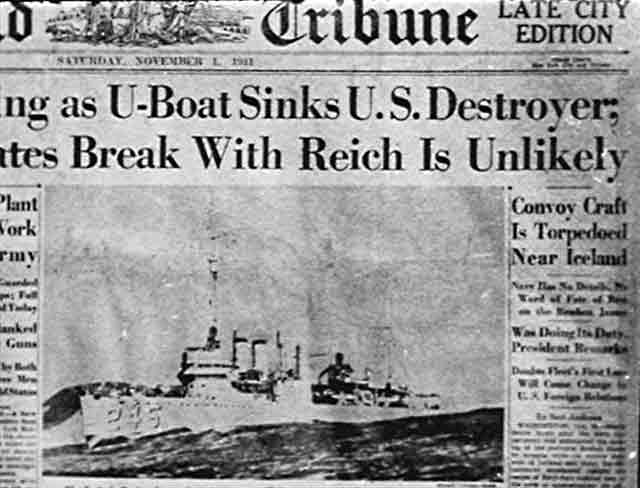 |
| A typical newspaper headline of 1 November 1941, emphasizing that "Break with Reich is Unlikely" following the sinking of the USS Reuben James by U-552. |
 |
| Moonrise over Hernandez, New Mexico. Taken looking over the Sangre de Christo mountains on 1 November 1941 by Ansel Adams. |
October 1941
October 1, 1941: Germans and Finns Advance in USSR
October 2, 1941: Operation Typhoon Broadens
October 3, 1941: Air Battles Near Moscow
October 4, 1941: Stalin Contemplates Defeat
October 5, 1941: Hoth Goes South
October 6, 1941: First Snowfall After Dark
October 7, 1941: Stalin Gets Religion
October 8, 1941: FDR Promises Stalin Aid
October 9, 1941: FDR Orders Atomic Bomb Research
October 10, 1941: Reichenau's Severity Order
October 11, 1941: Tank Panic in Moscow
October 12, 1941: Spanish Blue Division at the Front
October 13, 1941: Attack on Moscow
October 14, 1941: Germans Take Kalinin
October 15, 1941: Soviets Evacuate Odessa
October 16, 1941: Romanians Occupy Odessa
October 17, 1941: U-568 Torpedoes USS Kearny
October 18, 1941: Tojo Takes Tokyo
October 19, 1941: Germans Take Mozhaysk
October 20, 1941: Germans Attack Toward Tikhvin
October 21, 1941: Rasputitsa Hits Russia
October 22, 1941: Germans Into Moscow's Second Defensive Line
October 23, 1941: The Odessa Massacre
October 24, 1941: Guderian's Desperate Drive North
October 25, 1941: FDR Warns Hitler About Massacres
October 26, 1941: Guderian Drives Toward Tula
October 27, 1941: Manstein Busts Loose
October 28, 1941: Soviet Executions
October 29, 1941: Guderian Reaches Tula
October 30, 1941: Guderian Stopped at Tula
October 31, 1941: USS Reuben James Sunk
November 1941
November 1, 1941: Finns Attack Toward Murmansk Railway
November 2, 1941: Manstein Isolates Sevastopol
November 3, 1941: Japan Prepares to Attack
November 4, 1941: German Advances in the South
November 5, 1941: Last Peace Effort By Japan
November 6, 1941: Stalin Casts Blame in an Unexpected Direction
November 7, 1941: Stalin's Big Parade
November 8, 1941: Germans Take Tikhvin
November 9, 1941: Duisburg Convoy Destruction
November 10, 1941: Manstein Attacks Sevastopol
November 11, 1941: Finland's Double Game Erupts
November 12, 1941: T-34 Tanks Take Charge
November 13, 1941: German Orsha Conference
November 14, 1941: German Supply Network Breaking Down
November 15, 1941: Operation Typhoon Resumes
November 16, 1941: Manstein Captures Kerch
November 17, 1941: Finland Halts Operations
November 18, 1941: British Operation Crusader
November 19, 1941: Sydney vs. Kormoran Duel
November 20, 1941: The US Rejects Final Japanese Demand
November 21, 1941: Germans Take Rostov
November 22, 1941: Kleist in Trouble at Rostov
November 23, 1941: Germans Take Klin, Huge Battle in North Africa
November 24, 1941: Rommel Counterattacks
November 25, 1941: HMS Barham Sunk
November 26, 1941: Japanese Fleet Sails
November 27, 1941: British Relieve Tobruk
November 28, 1941: Rostov Evacuated, German Closest Approach to Moscow
November 29, 1941: Hitler Furious About Retreat
November 30, 1941: Japan Sets the Date for its Attack
2020


